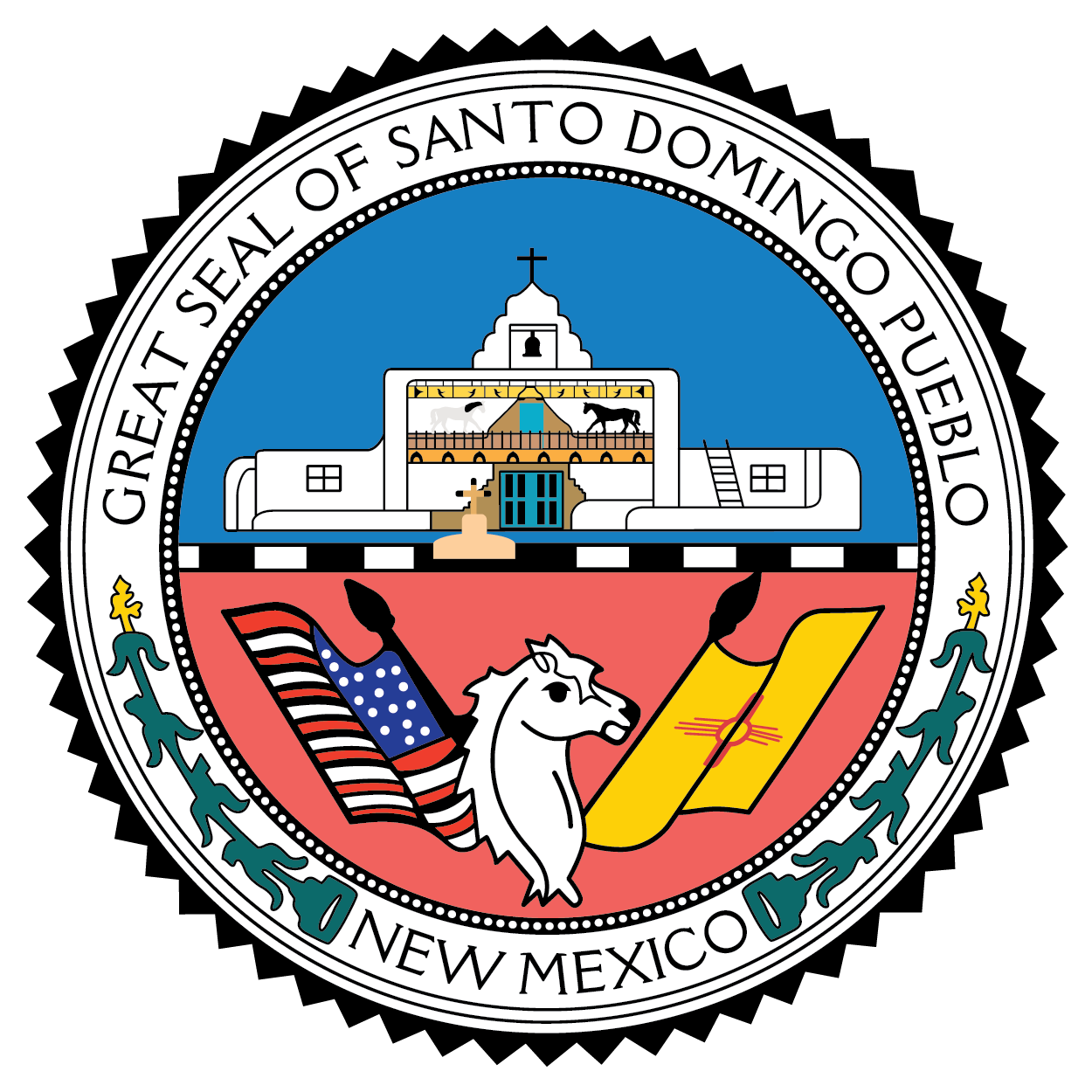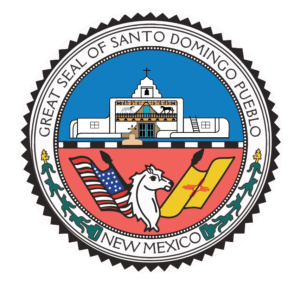Who We Are
Ancestral Land
One of the unique and fascinating things about New Mexico, to both visitors & residents alike is the Pueblo Indians. A thousand years before the first Europeans set foot in the Western Hemisphere, the Pueblo Indians had permanent, stable agricultural communities along the region rivers. Pueblo cultures date back to before 1,000 BC when the Indian peoples settled in such places as Mesa Verde in Colorado, Canyon de Chelly in Arizona, and Chaco Canyon in north-western New Mexico. Exactly why the inhabitants of these prehistoric ruins abandoned their homes is unclear. Anthropologists speculate it may have been disease, marauding nomadic Indian tribes or severe drought in the late 1,200s that forced these peoples out of the Four Corner’s region.
In New Mexico over a period of hundred years, their descendants settled along the Rio Grande and its tributaries. The earliest historical record of the Pueblos was 1519 when Spanish explorers encountered active, thriving villages which had existed for hundreds of years.
Pueblos of New Mexico
There are 19 Pueblos: Taos, Picuris, San Juan, Santa Clara, San Ildefonso, Nambe, Pojoaque, Tesuque, Cochiti, Santa Ana, Santo Domingo, San Felipe, Jemez, Zia, Sandia, Isleta, Laguna, Acoma, and Zuni. One of the largest Pueblos, in both size and population, is Santo Domingo, about midway between Albuquerque and Santa Fe on I-25, Exit 259. The most recent federal census shows there are more than 4,500 Santo Domingo members. More than 3,600 of them live in their village along the Rio Grande just west of the Santa Fe Railway Line.
Tribal Sovereignty
Under U.S. law, Pueblos are sovereign. That means they are small nations that rule themselves. The state has not jurisdiction on Pueblo lands. The Santo Domingo Tribal Government has four canes, which are symbolic of nearly 400 years of unbroken recognition of its people and their land as a sovereign tribe. In 1598, Spanish explorer Juan de Onate presented Pueblo leaders, in what was then New Spain, silver topped canes directly from the King of Spain. During the brief period of Mexican rule from 1821 until 1848, canes of authority were also presented to Pueblo governments. In 1863, President Abraham Lincoln presented representatives of New Mexico’s Pueblos with silver topped, ebony canes as a symbol of the U.S. government’s recognition of their self-government.
The Pueblo in New Mexico is governed by a tribal council. There is a Governor, Lieutenant Governor, and Tribal Officers who are appointed yearly and serve to carry out tribal duties. These officials are responsible for all day-to-day activities of the tribe and Pueblo; however, the council makes the major decisions on the operation and administration of the Pueblo’s lands. A close look at Santo Domingo provides a good example of how other Pueblos are operated because although each Pueblo is different and independent, their lifestyles are similar. In Santo Domingo, for example, the council oversees more than 96,000 acres of Pueblo land and designates how it will be used for homes, grazing, irrigation, farming, and commercial use.
Potters & Jewlers
Long before the arrival of foreign governments to this region, the Santo Domingo people were actively mining turquoise from what is now known as the Cerrillos mines; they made turquoise necklaces which were used as trading materials with other Native tribes. Later, after the arrival of the Spanish, other materials such as tin, copper, brass, and some silver were introduced to Santo Domingo culture. The Pueblo crafts people accepted these news materials which were then combined with the turquoise in fashioning turquoise jewelry. Santo Domingo became well known as turquoise and pottery traders throughout the world. Because Santo Domingo was on the route between Albuquerque- Santa Fe, and on the railway line between the two cities, its people also became known for their trading. Even today, many of the village’s people make all or parts of their livelihood as crafts people, making jewelry, pottery, moccasins, and beaded handwork. To broaden the Pueblo’s economic base, the council built a gas station and convenience store on NM-22, just west of I-25 exit. In the future, the council plans to build a crafts center where its people can sell their creations. The Cerrillos mines have long since played out and Santo Domingo crafts people find it harder and harder to get top quality turquoise, but their work is still well known and coveted.
Annual St. Dominic Feast Day
The Spanish explorers who first visited the Pueblos brought missionaries and the Catholic religion. Santo Domingo Pueblo, as are the vast majority of other Pueblos in New Mexico, are Catholic and celebrate the feast day of their patron saint as a major holiday. August 4 is the day Santo Domingo celebrates its famous corn dance. Thousands of people from all over the world come to Santo Domingo to visit and observe the one-day traditional celebration honoring their patron saint, St. Dominic. The Pueblo does not charge a fee or admission to observe the celebration. It is suggested that visitors offer some donation to help with administrative costs; donations are greatly appreciated. Corn is the Pueblo’s most important agricultural crop, and the feast is one of the most important of the year. Santo Domingo, like other Pueblos in New Mexico, have adopted Catholicism, but they also maintain their Native ancient religious beliefs. The two religions exist side by side. The Native religion revolves around nature, with all living things, including plant and animals have their place and spirit. Even inanimate things such as the river, the mountains, and the sky have their place. What you need to understand about Pueblo religions is that unlike Western or Eastern religions they do not order things.
Men, Women, and Children, all in beautiful ceremonial attire, dance under the sun in the big plaza of the old adobe pueblo to the sound of chanting and pounding of drums. The Green Corn Dance at Santo Domingo Pueblo each August 4th attracts thousands of spectators from all parts of New Mexico and even from the far corners of the world. Feast Day activities begin with a morning mass in the picturesque mission church at the east edge of the Pueblo. After mass, a statue of St. Dominic is carried in a procession from the church to a place of honor in a bough covered shrine on the pueblo plaza. Here, flanked by candles in the three-sided rustic bower, the inside walls of which are lined with Navajo rugs. The statue will remain until the dance ceremony is completed. Then it will be returned to the church. The Green Corn Dance should be underway by 10 am and continues through late afternoon. Members of the squash and the turquoise clans will alternate in the dancing. Pueblo Indian potters and silversmiths will display their wares for sale on tables and on ground in the Pueblo, food concession stands and carnival rides will be set up. Since this is a religious observance, NO PHOTOGRAPHY, SKETCHING, OR TAPE RECORDING WILL BE PERMITTED. NO ALCOHOLIC BEVERAGES ARE ALLOWED IN THE PUEBLO.

